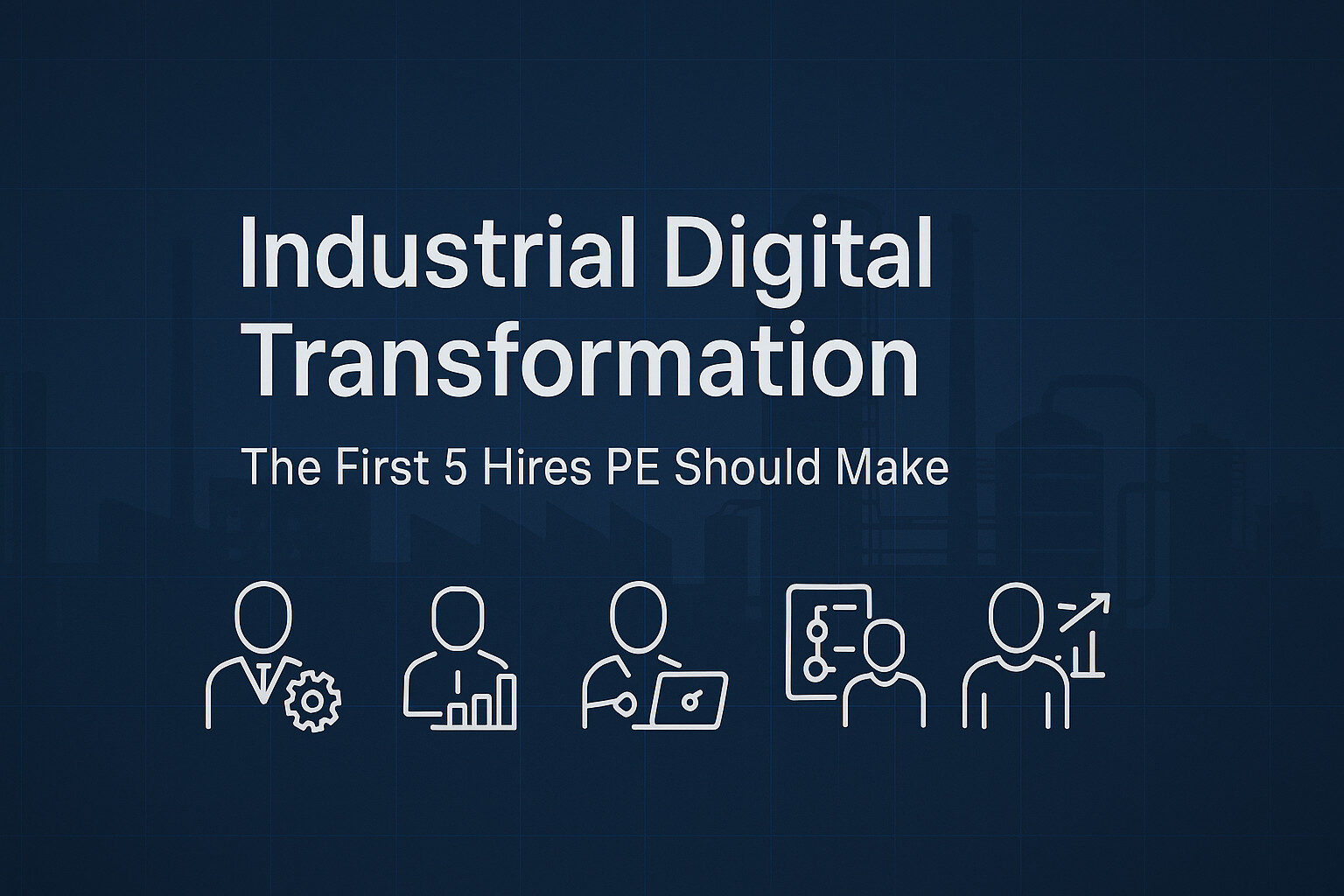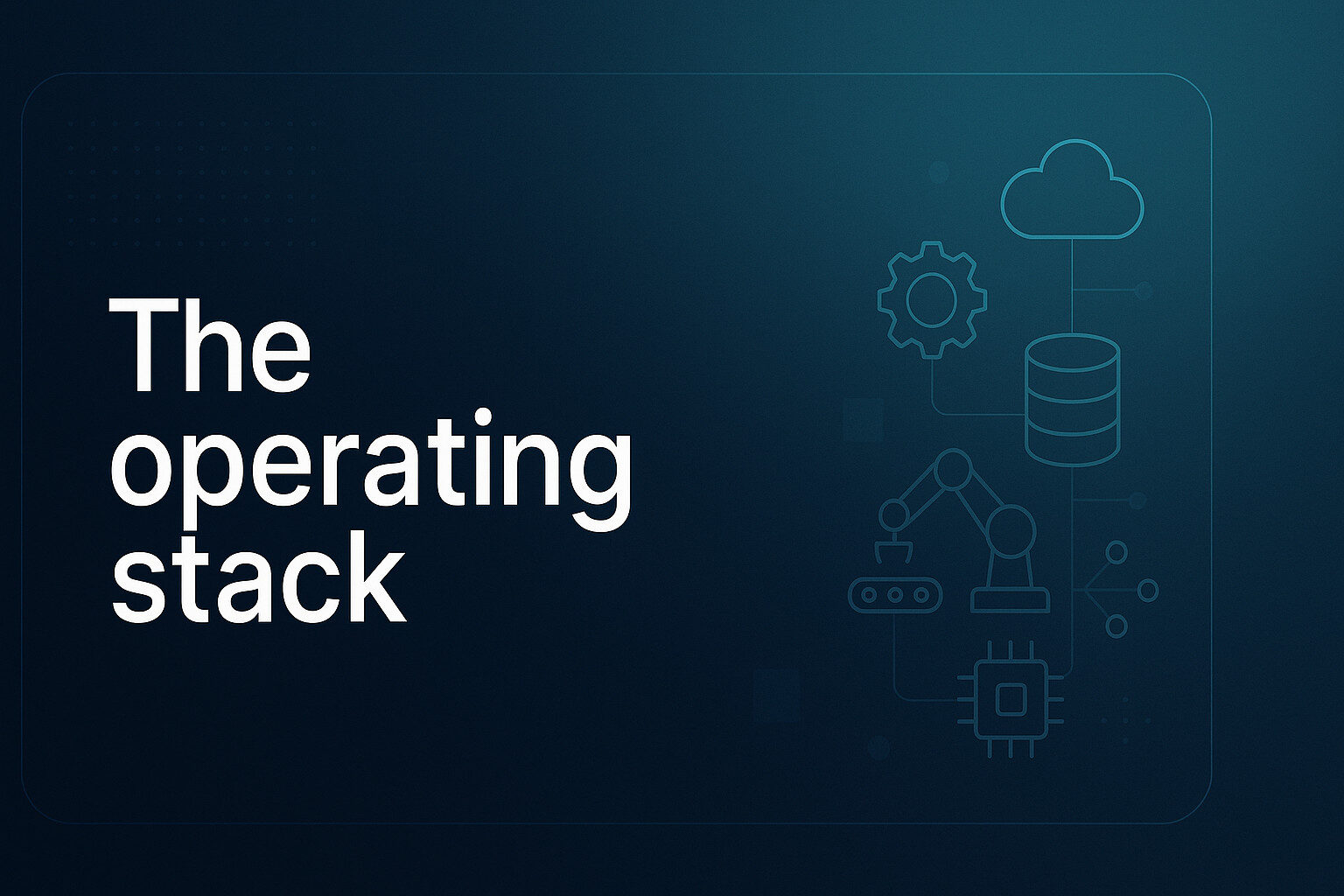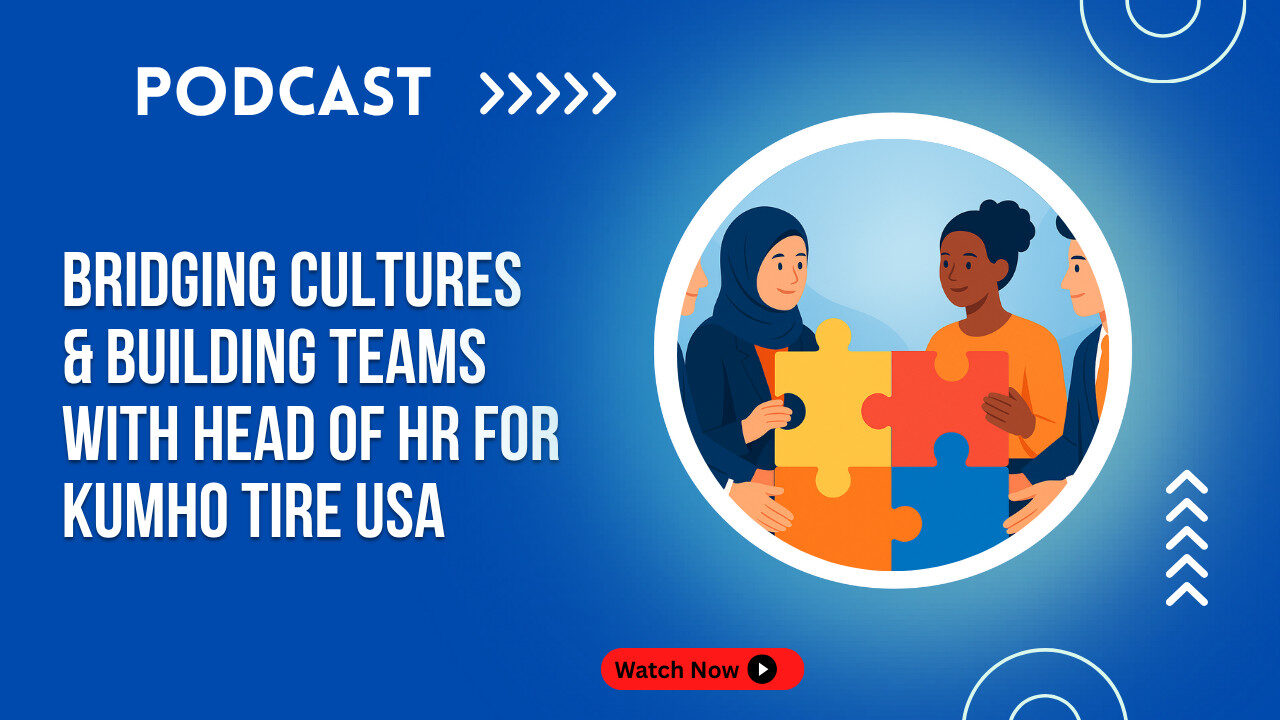If you own or operate an industrial platform, you already feel the pressure: supply volatility, energy costs, labor scarcity, and rising customer expectations. Industrial digital transformation isn’t a buzzword—it’s how you protect uptime, lift OEE, reduce scrap, and create pricing power. For private equity (PE) sponsors on a 3–7 year hold, the question isn’t “should we transform?” It’s “who do we hire first, and how do we show value creation within quarters, not years?”
This playbook lays out the first five hires a PE-backed industrial company should make to launch and scale digital the right way. You’ll get outcomes-based role definitions, interview scorecards, 30–60–90 plans, a sequencing roadmap, and KPIs that tie to EBITDA and cash—so the work survives diligence, not just a pilot stage.

Why “digital” is different in industrials (and how PE wins)
- Outcome-first, not tool-first. The winners start from P&L: downtime, yield, labor productivity, energy, inventory turns, price/mix, OTIF.
- OT + IT + change. You need operations technology (MES/SCADA/PLC), enterprise IT (ERP/CMMS/warehouse), and people adoption to move real metrics.
- Sequencing matters. Pilots that don’t scale die. You need one backbone, a small number of platforms, and a standard data model.
- Cash discipline. Use fast payback use cases (predictive maintenance, real-time SPC, digital work instructions, scheduling) to fund the next wave.
The first 5 hires (and exactly why)
Think of these as your “digital spine.” Titles vary—focus on outcomes, not words on a card.
Hire | Core mandate | Where they sit |
1) VP of Industrial Transformation (Head of Digital Ops) | Own value creation, stack choices, roadmap, cadence, and P&L tie-out | Reports to CEO/COO; dotted line to PE Ops Partner |
2) Director of Data & Analytics | Build the data layer, models, and BI needed to see and steer value | Owns data engineering, governance, BI |
3) OT/IT Integration Lead | Connect machines to decisions; secure, reliable plant connectivity | Owns IIoT, edge, MES/SCADA/MQTT/OPC UA, CMMS ties |
4) Senior Product Manager (Value Stream Owner) | Turn use cases into shipped products that plants actually adopt | Owns predictive maintenance/OEE/SPC “products” |
5) Change Enablement & Capability Lead | Drive adoption, training, frontline incentives, and comms | Partners with HR/EHS/Operations leaders |
Below, we define each role the way hiring teams can execute tomorrow.
1) VP of Industrial Transformation (Head of Digital Operations)
Mission: Deliver measurable EBITDA/cash impact from digital. Be accountable for the roadmap, budget, and results.
Top outcomes (12 months):
- OEE +2–5 points across pilot sites.
- Scrap/rework ↓ 10–20% on targeted lines.
- Maintenance MTTR ↓; PM compliance ↑; emergency work orders ↓.
- Energy cost per unit ↓ on monitored assets.
- Standard data model and analytics adopted at ≥ 3 plants.
Must-have skills (hard):
- Multi-site manufacturing leadership; MES/SCADA/MES-ERP experience.
- Value engineering; business casing; portfolio management.
- Vendor selection; contract negotiation; cybersecurity basics (NIST/ISA/IEC 62443 awareness).
Interview prompts (signal over theater):
- “Walk us through a project where digital reduced downtime or scrap. What was the baseline, toolset, and hard-dollar impact?”
- “How did you sequence use cases across plants with different maturity?”
- “Show us a one-page value tree that links OEE to EBITDA.”
30–60–90 plan:
- Days 1–30: Inventory systems, active vendors, and site maturity. Publish the value tree (how each use case hits EBITDA and cash).
- Days 31–60: Choose the backbone (data integration, historian/warehouse, BI). Confirm the first two use cases with line leaders.
- Days 61–90: Launch pilots with weekly Gemba; publish KPIs; lock budget gates and the 12-month roadmap.
2) Director of Data & Analytics
Mission: Make data trustworthy and useful. Build the pipelines, models, and dashboards that let ops teams steer.
Top outcomes (12 months):
- Standard data model for production, quality, maintenance, and energy.
- Automated data pipelines from ERP/MES/CMMS and selected machine tags.
- Plant and executive dashboards with owner, targets, and alerting.
- First predictive models (failure risk, quality anomalies) in light production.
Must-have skills (hard):
- Data engineering (ETL/ELT), APIs, OPC UA/MQTT awareness.
- SQL + a BI stack (Power BI/Tableau/Looker).
- Statistics/ML for simple predictive models; MLOps basics.
- Data governance, role-based access, and audit trails.
Interview prompts:
- “Show a data lineage from sensor to dashboard. Where do you validate? Where do you cache?”
- “Your CMMS is messy. How do you clean and model maintenance data to be decision-grade?”
- “What’s your approach to a golden ID for assets, lines, and SKUs across ERP/MES?”
30–60–90 plan:
- Days 1–30: Data inventory; quality scoring; propose the canonical model.
- Days 31–60: Build the first production-quality pipelines; launch OEE/SPC dashboards.
- Days 61–90: Ship a minimal predictive maintenance model and alerting; publish data dictionary.
3) OT/IT Integration Lead
Mission: Connect the physical world to the digital one—reliably and safely.
Top outcomes (12 months):
- Secure connectivity to priority lines/cells at 2–3 plants.
- Standardized edge pattern (protocol conversion, buffering, health checks).
- MES/SCADA integrations stabilized; historian strategy defined.
- CMMS closed-loop: work orders initiated from machine signals.
Must-have skills (hard):
- Industrial protocols (OPC UA, Modbus, PROFINET, EtherNet/IP).
- Edge gateways, time-series data, buffering, and store-and-forward.
- Network design (segmentation), zero-trust principles, and OT security playbooks.
- Experience with MES/SCADA vendors and APIs.
Interview prompts:
- “How would you architect secure data flow from PLCs to a cloud warehouse without starving controls?”
- “What’s your approach to brownfield equipment that predates Ethernet?”
- “Tell us about an OT cyber incident you prevented or remediated.”
30–60–90 plan:
- Days 1–30: Connectivity audit; pick the reference architecture.
- Days 31–60: Stand up edge + secure broker; connect the first line.
- Days 61–90: Harden with monitoring; add a second plant; document standards.
4) Senior Product Manager (Value Stream Owner)
Mission: Ship use cases as products—repeatable, lovable by operators, and measurable.
Top outcomes (12 months):
- Two “products” in production (e.g., Predictive Maintenance, Real-time SPC/OEE Coach).
- Clear backlogs, release notes, and adoption metrics.
- Documented value (e.g., hours of downtime avoided; scrap avoided).
Must-have skills (hard):
- Product discovery and delivery (Agile/Lean).
- Human-centered design for the plant floor; usability under gloves/grease.
- Business casing and A/B or before/after measurement.
- Writing good user stories that integrate with ERP/MES/CMMS.
Interview prompts:
- “Show a before/after of a shop-floor tool you shipped. What changed in behavior?”
- “How do you avoid dashboard sprawl?”
- “Tell us how you killed a pet project with no ROI.”
30–60–90 plan:
- Days 1–30: Ride-alongs; discovery; define two product PRDs with measurable outcomes.
- Days 31–60: Ship a first slice; instrument adoption and impact.
- Days 61–90: Iterate; publish a quarterly roadmap and feature freeze policy.
5) Change Enablement & Capability Lead
Mission: Turn “we tried digital” into “this is how we work.” Drive training, adoption, and incentives.
Top outcomes (12 months):
- Role-based learning for operators, techs, supervisors.
- Adoption rates ≥ 80% on shipped tools; documented behavior change.
- Incentive alignment: KPIs, recognition, and small rewards tied to usage and outcomes.
Must-have skills (hard):
- Adult learning design; micro-learning; job aids and digital work instructions.
- Communications planning; frontline leadership coaching.
- Metrics on adoption and proficiency; union/HR collaboration where applicable.
Interview prompts:
- “How did you move a resistant plant from paper to digital work instructions?”
- “What metrics prove adoption beyond logins?”
- “Give an example of incentive tweaks that shifted behavior.”
30–60–90 plan:
- Days 1–30: Change map; stakeholder matrix; training inventory.
- Days 31–60: Pilot a learning path; launch recognition cadence.
- Days 61–90: Scale training; embed adoption metrics in weekly ops reviews.
What not to hire first (common traps)
- Tool administrators without business outcomes.
- A dozen vendors. Pick a backbone; avoid Frankenstein stacks.
- Consultants instead of owners. Partners are great; leaders must be in-house.
A “CIO-only” approach. You need OT and line leadership at the table.

The operating stack (minimal, scalable)
Avoid jargon soup. You need just enough tech to win:
- Data movement: OPC UA/MQTT from machines → edge gateway → broker → warehouse.
- Systems: MES/SCADA; CMMS; ERP; historian or time-series DB.
- Analytics: Warehouse/lakehouse + BI; light ML for predictions.
- Apps: Thin, role-based UIs for operators, techs, and supervisors.
- Security: Network segmentation, MFA, least privilege, change control.
Sequencing roadmap (12 months)
Quarter 1:
- Hire the five roles.
- Choose backbone and standards.
- Connect one line per pilot plant.
- Ship OEE/SPC and one predictive pilot.
- Publish KPI boards.
Quarter 2:
- Add two plants; standardize CMMS + data model.
- Expand predictive to critical assets; enable closed-loop WOs.
- Digital work instructions in two high-mix cells.
- Energy monitoring on top consumers.
Quarter 3:
- Scheduling optimization; constraint visibility.
- Supplier-quality and incoming inspections digitized.
- Production planning handshake with SIOP.
- First “lighthouse” plant certified.
Quarter 4:
- Replicate lighthouse patterns; deprecate legacy dashboards.
- Formalize capability academy; certify supervisors.
- Annual value audit; lock next-year roadmap and budget gates.
Budgeting (illustrative guardrails)
- People (the 5 hires): market-competitive U.S. salaries + benefits.
- Backbone platforms: start small; scale with usage.
- Connectivity: gateways, network segmentation, light professional services.
- Training & change: internal academy, micro-learning platform, travel for site launches.
Rule of thumb: fund Year 1 with fast-payback use cases. Let early wins co-finance later waves (e.g., automation/vision).
Scorecards you can use (per hire)
Role | Weighted dimensions |
VP Industrial Transformation | P&L linkage 25%; multi-site ops 20%; vendor strategy 15%; sequencing/PMO 15%; leadership 15%; comms 10% |
Director Data & Analytics | Data engineering 25%; modeling/BI 20%; governance 15%; systems integration 15%; problem framing 15%; comms 10% |
OT/IT Integration Lead | Protocols/edge 25%; security 20%; MES/SCADA 20%; reliability/monitoring 15%; documentation 10%; vendor mgmt 10% |
Sr. Product Manager | Discovery 20%; delivery 20%; adoption 20%; ROI tracking 20%; UX under constraints 10%; comms 10% |
Change Enablement Lead | Learning design 25%; adoption metrics 20%; comms 20%; manager coaching 15%; incentives 10%; resilience 10% |
Interview artifacts to request (save weeks of guessing)
- Before/after KPI screenshots with dates.
- A one-page architecture diagram they implemented.
- A sample PRD/user story set and a rollout comms plan.
- A training plan and adoption dashboard with real numbers.
30–60–90 onboarding plan for the full team (integrated)
Days 1–30 (Discover & Design)
- Value tree, baseline metrics, reference architecture, site selection.
- One-page comms plan to plant leaders; publish “what we will/ won’t do.”
Days 31–60 (Build & Pilot)
- Connect first line; deliver OEE/SPC and a basic predictive alert.
- Run daily Gemba; remove friction; begin training.
Days 61–90 (Measure & Decide)
- Before/after reporting; hard-dollar impact.
- Lock plant #2–3; gate the next budget only on measured value.
KPIs that actually prove digital is working
Plant & maintenance
KPI | Target |
OEE | +2–5 pts YoY |
MTTR | ↓ trend |
Emergency work orders | ↓ trend |
PM compliance | ≥ 90% |
Scrap/rework | ↓ trend |
Quality & service
KPI | Target |
First-pass yield | ↑ trend |
Customer PPM/complaints | ↓ trend |
OTIF | ≥ 95% |
Energy & inventory
KPI | Target |
kWh per unit | ↓ trend |
Inventory turns | ↑ vs. baseline |
Adoption
KPI | Target |
Active users | ≥ 80% of target roles |
Task completion | ≥ 90% |
Training completion | ≥ 90% |
Governance: keep it simple and strong
- One steering cadence (CEO/COO, VP Digital, Finance, Ops, IT, HR).
- Change control for tags, dashboards, and data models.
- Security reviews at every new connection; follow ISA/IEC 62443 principles.
- Sunset policy for redundant tools; avoid dashboard sprawl.
Risks and how to avoid them
Risk | Early signal | Fix |
Pilot purgatory | One line, no rollout | Use gates; scale after value proof |
Vendor sprawl | 7+ platforms | Pick a backbone; standardize |
Shadow IT/OT | “Skunkworks” apps | Publish standards; certify interfaces |
Data distrust | Conflicting numbers | Golden sources; data dictionary |
Adoption stalls | Logins without behavior change | Train managers; tie incentives |
Cyber exposure | Flat networks, shared creds | Segment; MFA; least privilege |
What PE ops partners should ask every month
- “What is the measured, realized EBITDA/cash impact YTD?”
- “Which use cases graduated from pilot to scale this month?”
- “Which tools did we deprecate?”
- “What skills did we certify (operators, techs, supervisors)?”
- “Any cyber incidents? What’s our OT risk posture now vs. last month?”
Final word
Digital is not a software purchase; it’s an operating model change. If you hire a VP of Industrial Transformation, a Director of Data & Analytics, an OT/IT Integration Lead, a Senior Product Manager, and a Change Enablement Lead, you’ll have the core muscles to deliver fewer breakdowns, better yield, faster changeovers, tighter energy control, and cleaner forecasts—the exact levers that move EBITDA and cash in industrial businesses.
Start with value, keep the stack small, measure obsessively, and reward adoption. Do that, and your industrial digital transformation won’t be a slide—it’ll be a flywheel.




